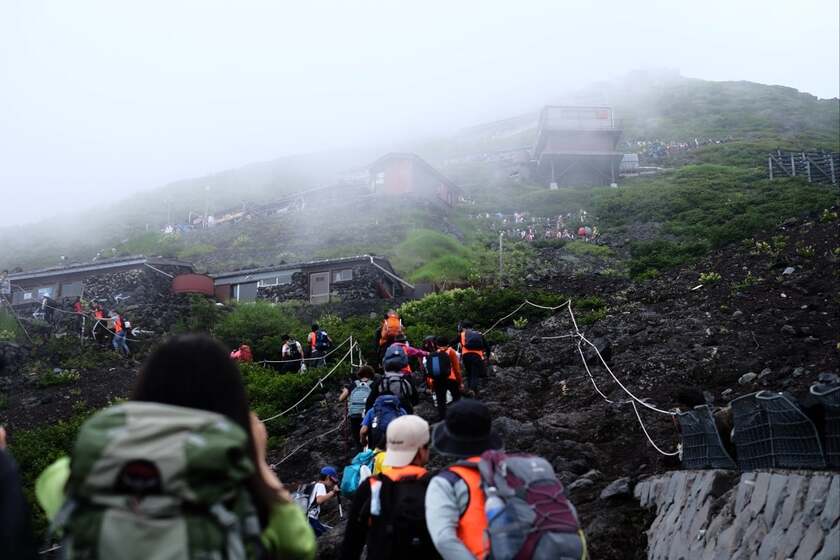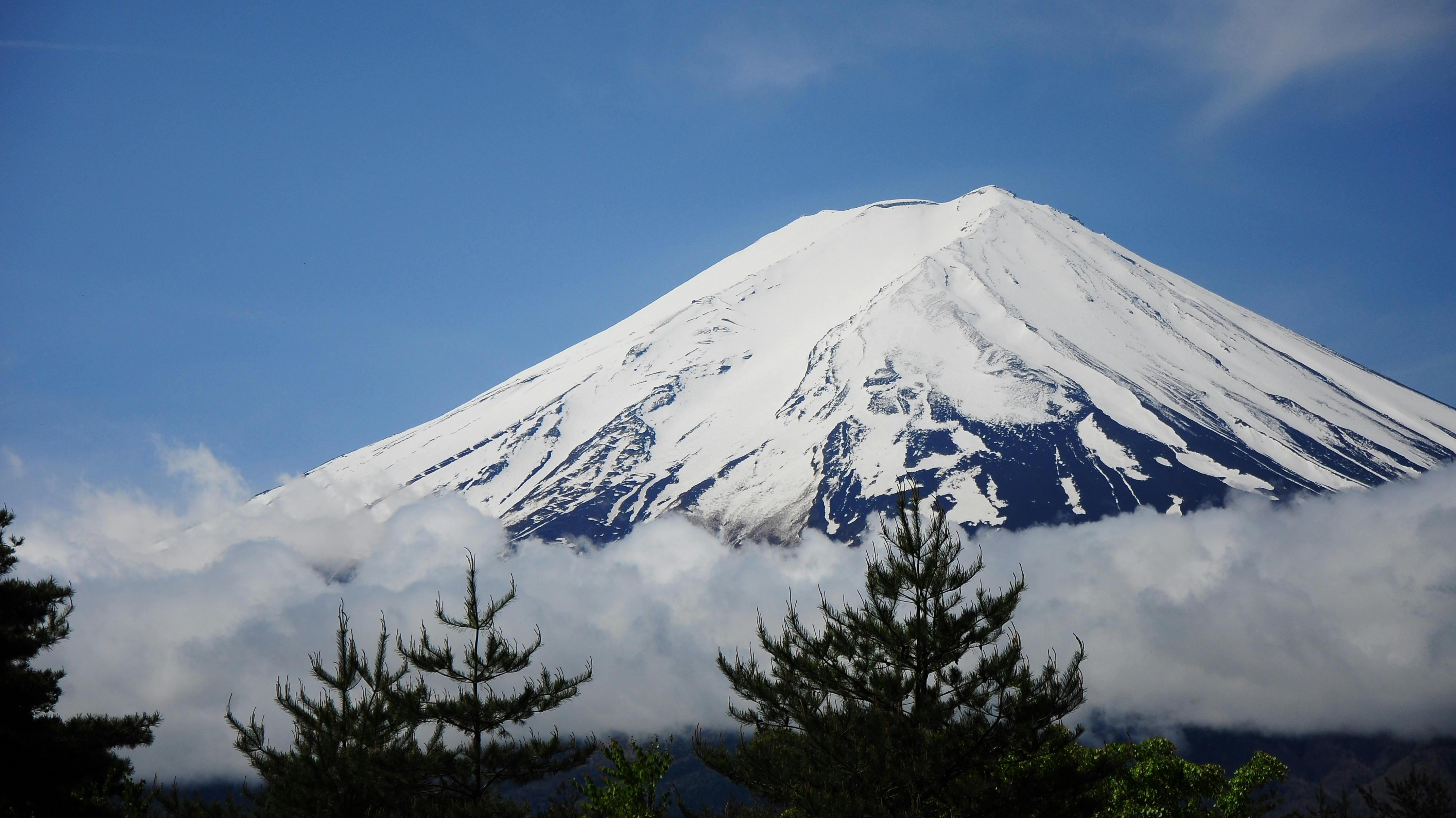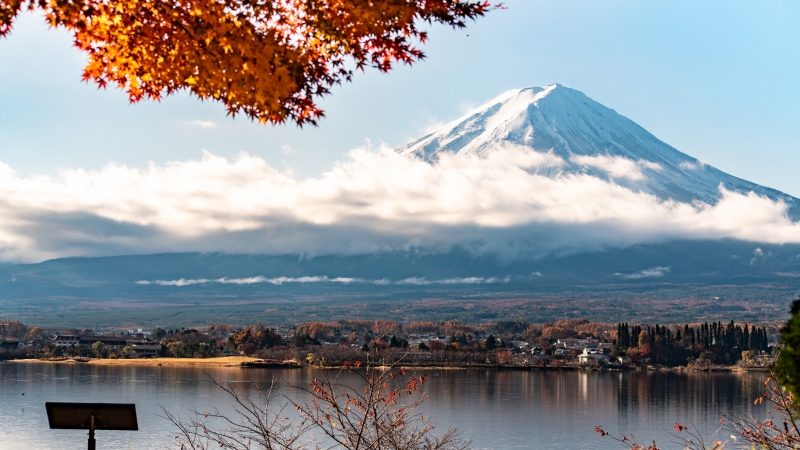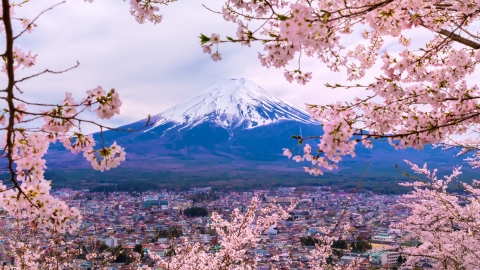Starting this summer, visitors climbing Mount Fuji via four main routes will have to pay a fee of 4,000 yen (about 680,000 VND). This regulation was proposed by the Shizuoka prefectural government and approved by the local assembly on March 18.
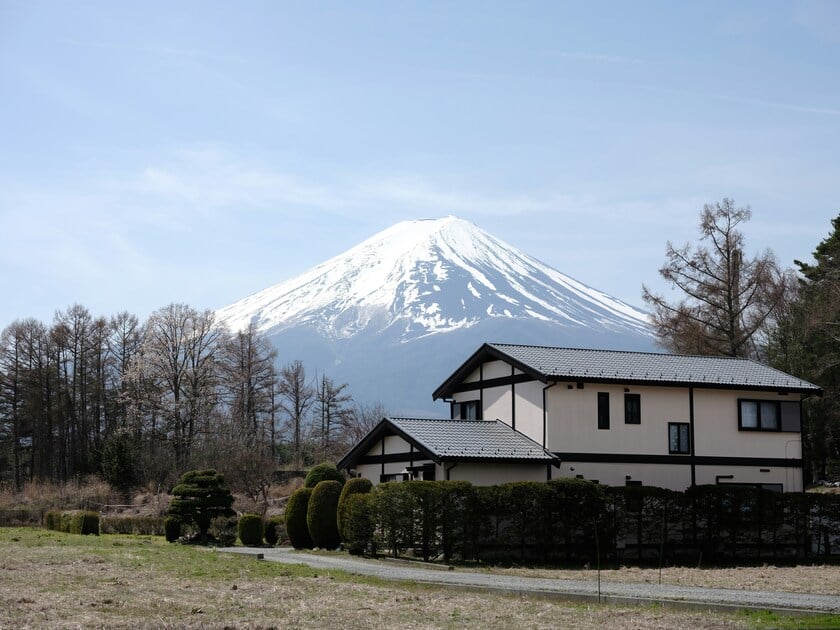
Starting in the summer of 2025, visitors climbing Mount Fuji via four main routes will have to pay a fee of 4,000 yen (about 680,000 VND).
The fee is aimed at curbing overcrowding and reducing environmental impact, amid the increasing number of climbers. Previously, Yamanashi Prefecture - which manages the Yoshida Line, the most popular route to Mount Fuji - also decided to increase the climbing fee to 4,000 yen from this summer, double the 2,000 yen Yamanashi introduced in the summer of 2024, along with a regulation that only allows a maximum of 4,000 climbers to use this route per day.
In addition to the toll, Shizuoka also issued regulations restricting access to three routes managed by the prefecture, including Fujinomiya, Gotemba and Subashiri. Specifically, from 2 p.m. to 3 a.m., visitors will not be allowed to climb the mountain, unless they have booked accommodation at a mountain inn. This regulation is to prevent "speed climbing" - that is, climbing to the top without resting, which poses many safety risks.

The fee is intended to limit overcrowding and reduce environmental impact, amid the growing number of climbers.
The new regulations will come into effect from May 9, before the official climbing season begins in July. Staff will be stationed at the fifth station on the routes to check toll collection and confirm visitors' accommodation reservations.
Revenue from climbing fees will be used to cover staffing costs and improve safety measures. Shizuoka authorities previously asked each visitor to donate 1,000 yen to the mountain's maintenance, but this initiative will be discontinued when the new fee is implemented.
Designated a UNESCO World Heritage Site in 2013, Mount Fuji is one of Japan’s most iconic landmarks. Hundreds of thousands of people flock to the 3,776-meter-high mountain each year during the climbing season, which runs through September. However, the influx of visitors has put a strain on the area’s ecosystem and infrastructure, forcing authorities to tighten controls to ensure safety and environmental protection.
